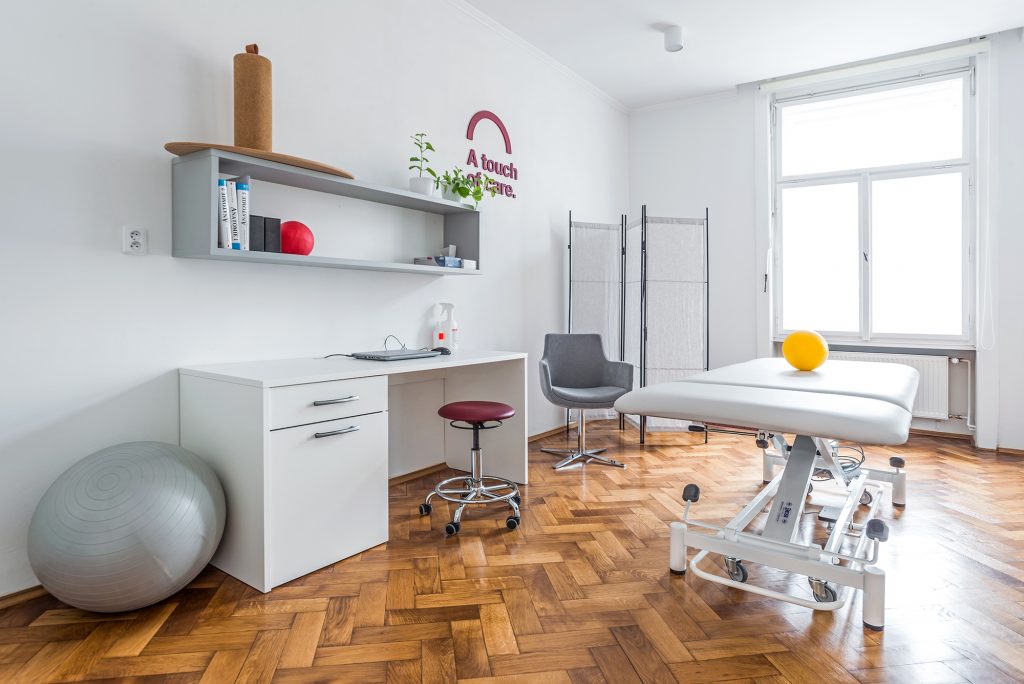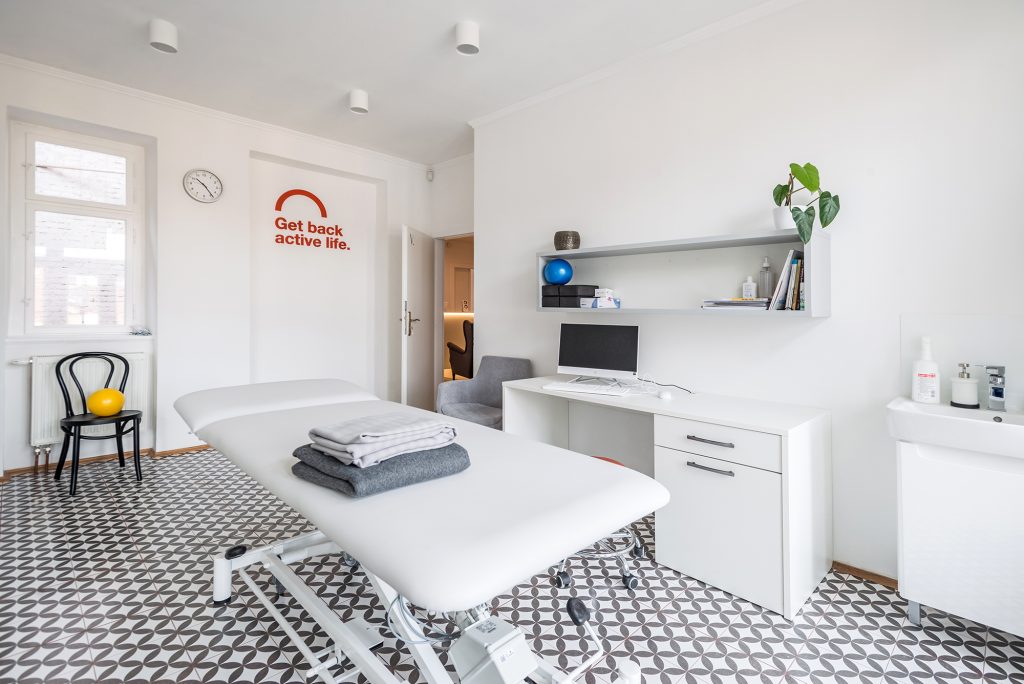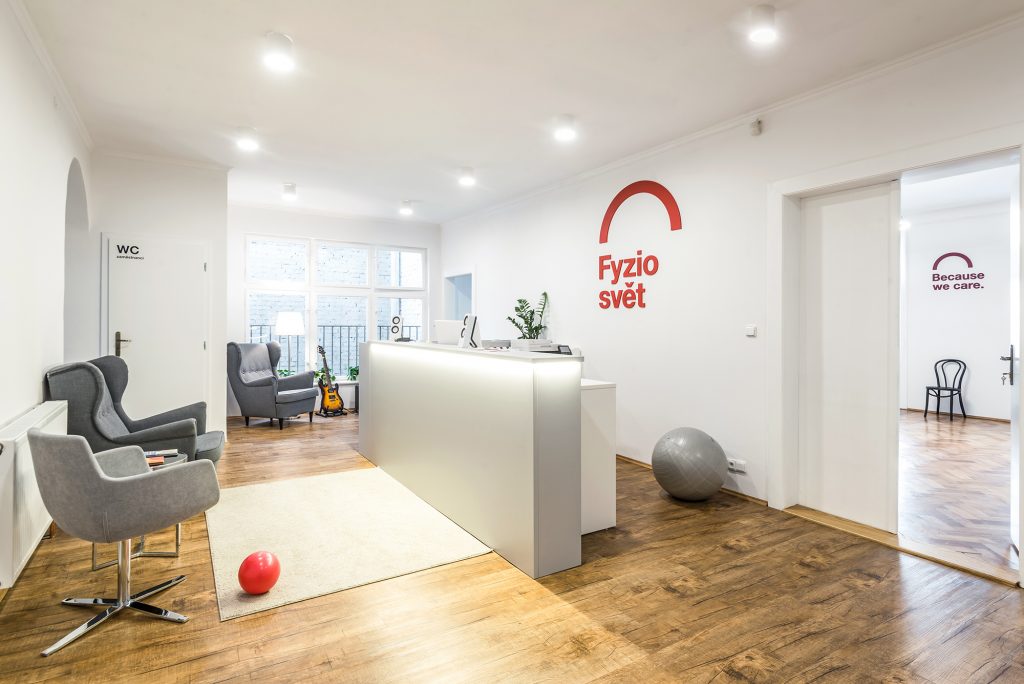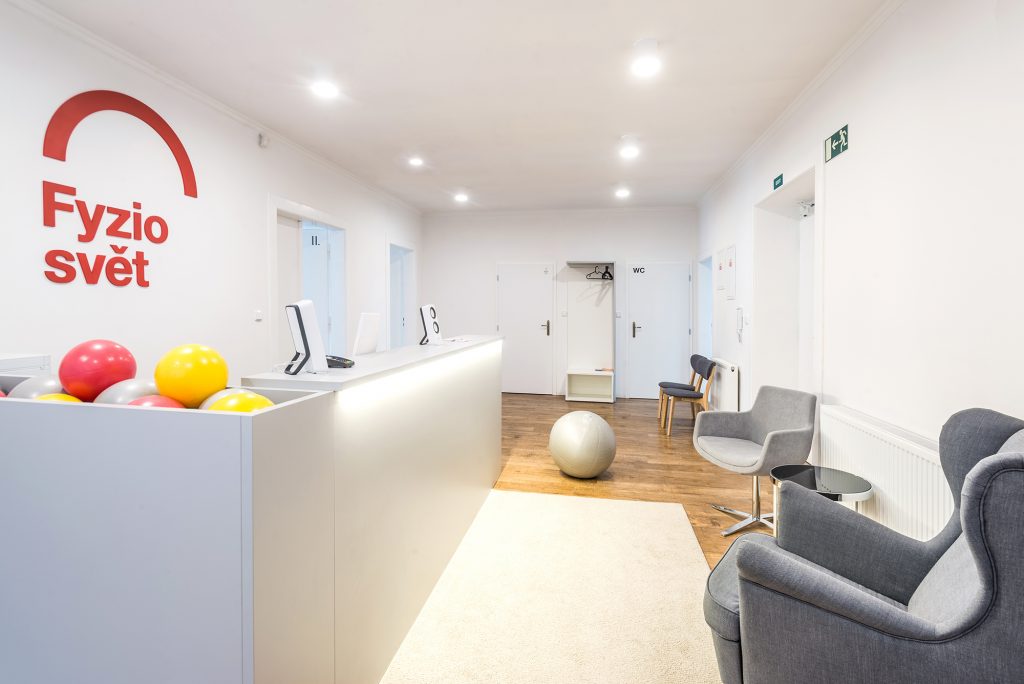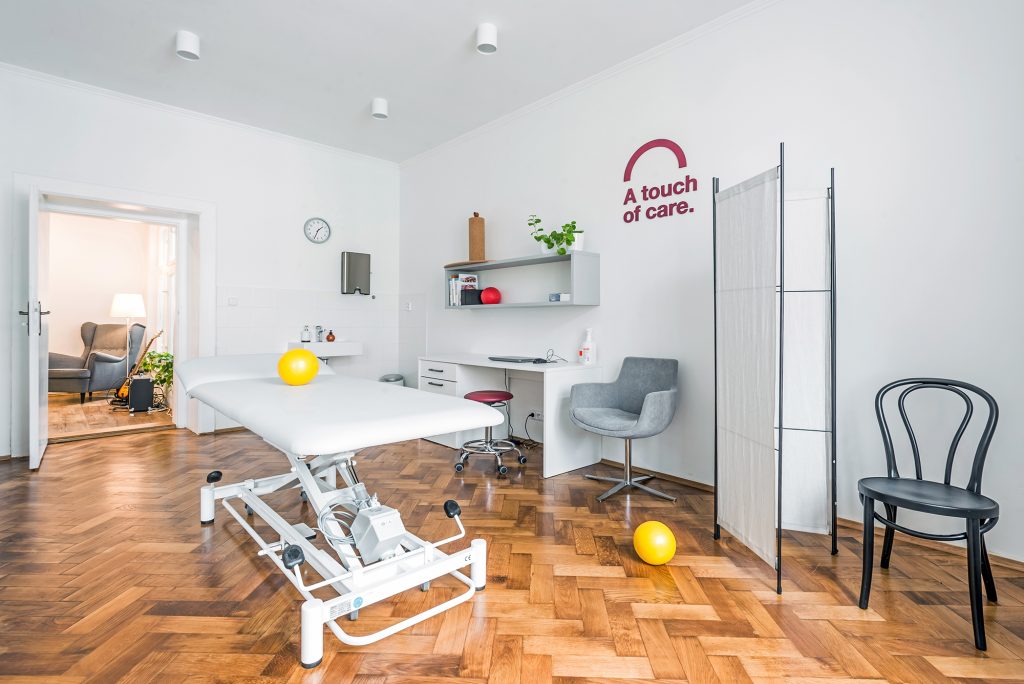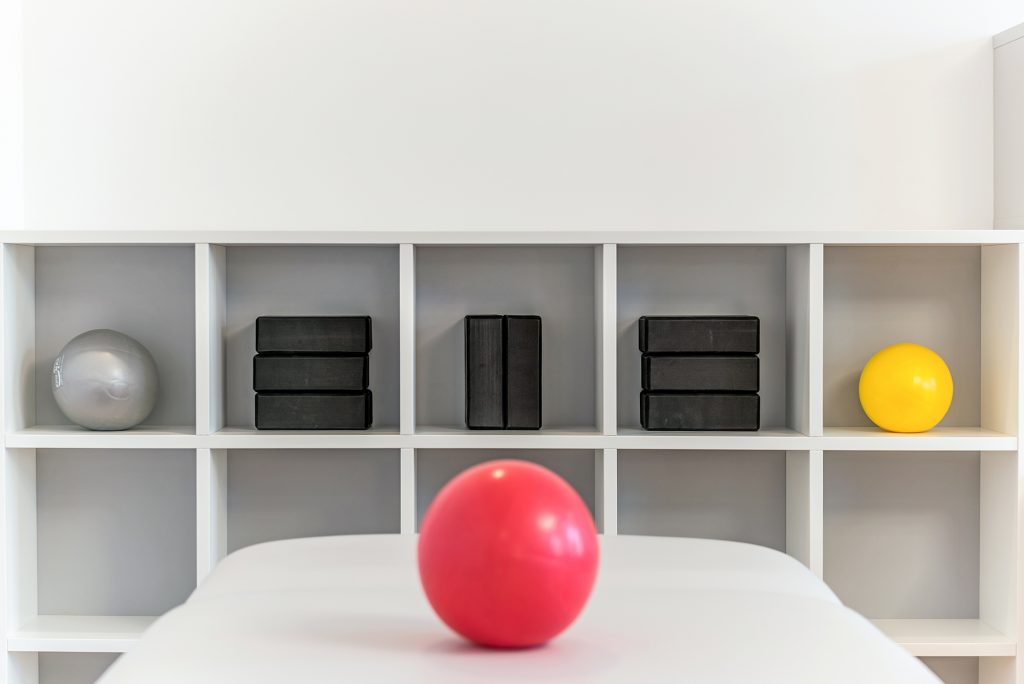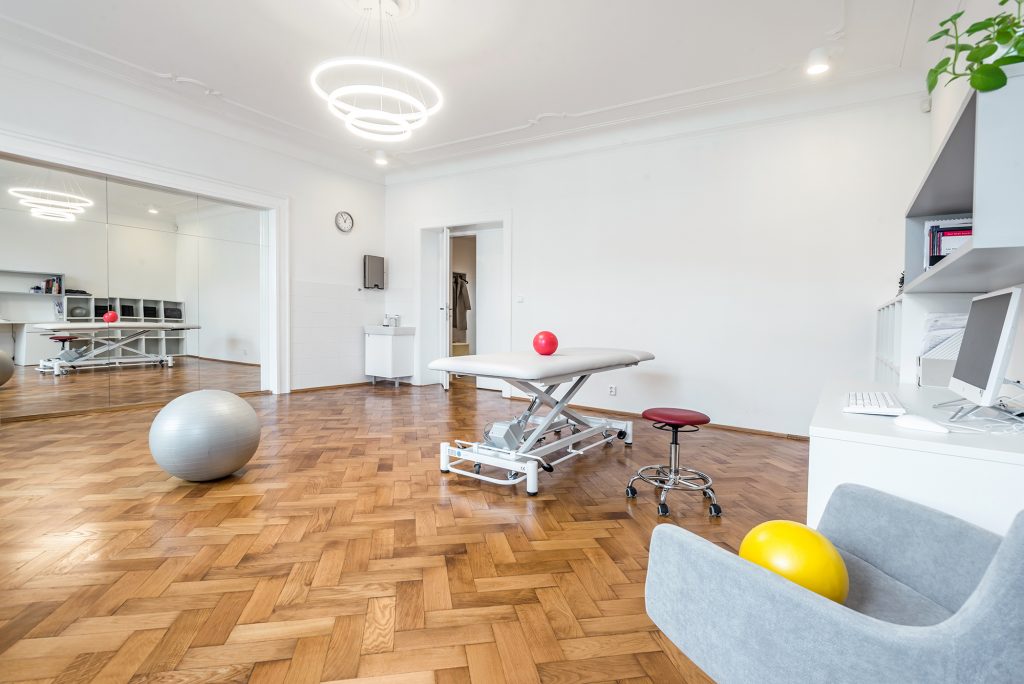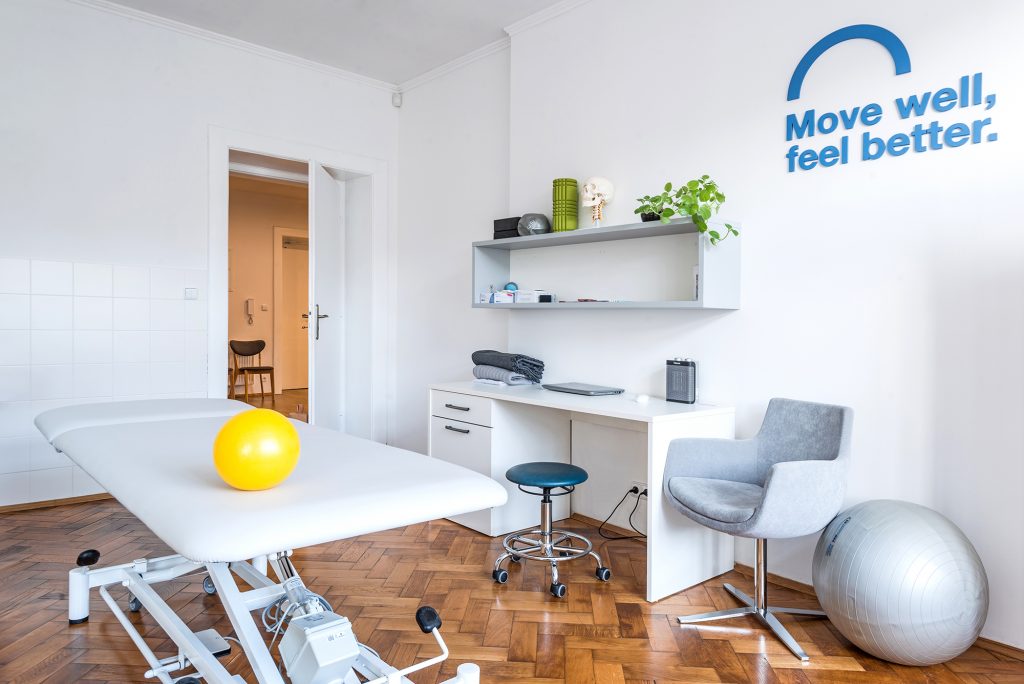Insoles or Barefoot Shoes? Which is Better for Your Feet?
Are custom-made insoles or barefoot shoes, which provide no support but offer great freedom of movement, better for your feet? We will try to explain the differences in the following article.
Insoles Should Support the Function of the Foot
Insoles can be a great aid in the treatment of flat feet. However, they must be custom-made, following a thorough examination, and considering their benefits in each specific case. Well-made insoles should be designed with the entire body in mind. It’s important to assess how the foot’s cushioning affects the knees, hips, pelvis, and spine. Insoles should be made with the goal of helping the foot function better. A good insole provides support at specific points to engage the muscles of the foot during walking, keeping the foot active. The goal is not to create an artificial arch to replace your natural one. More information on treating flat feet can be found in the next article.
What are Barefoot Shoes?
Barefoot shoes are minimalist shoes that do not alter your arch, stride, or cushioning under the heel. They simply protect your feet from cold, injury, and dirt. One of their advantages is the ample space in the toe area, preventing the big toe and other toes from being cramped, allowing them to function better during walking. This helps activate the muscles of the back of the thigh, buttocks, and pelvic floor during movement.
Barefoot Shoes are Best for Uneven Surfaces
Another advantage is the flexible sole, which allows for better foot movement in small joints and the use of minor muscles while walking on uneven ground. A sole without a heel also helps maintain the natural position of the pelvis and spine, preventing overload of the lower back. If you have healthy feet and want to keep them in better condition, barefoot shoes can definitely be the next step. However, remember that the best terrain for barefoot walking is nature. Urban, paved surfaces are more challenging and less suitable for barefoot shoes. Walking in barefoot shoes is different from regular footwear, and you should gradually adapt to it. If you spend a full day walking around the city in barefoot shoes for the first time, it could be one of the most painful walks of your life.
When to Choose Insoles and When to Choose Barefoot Shoes?
If you have painful feet even in high-quality orthopedic shoes, switching to barefoot shoes would be a very radical and risky step. It’s better to start rehabilitation, loosen and mobilize the feet, and begin the journey to healthier feet through a more gradual approach. Start by getting custom-made insoles for shoes that are wide enough to allow your toes to move freely and activate your arches. Along with releasing the foot’s arch and activating the foot muscles, this can be a great first step toward a life without pain. Barefoot shoes can be the next goal, but your foot must be prepared for them. Everything depends on the condition of the muscles, tendons, ligaments, bone alignment, muscle strength, and how the foot behaves during movement. Our experienced physiotherapists would be happy to advise you on how to proceed in your specific case.
Whether You Wear Insoles or Barefoot Shoes, Try Exercising Your Feet with Our Guide:
- Sit in a chair with your feet on the floor. Place a golf ball under your foot and gently press it for 2 minutes, rolling it under your foot’s arch back and forth to stretch the fascia and ligaments.
- Seated, clench your right hand into a fist and use your knuckles to massage and press the left foot for at least 30 seconds. Repeat with the other foot.
- While seated, slowly lift your big toe off the floor while keeping the other toes flat. Then, reverse it: keep the big toe on the floor and lift the other toes. Repeat for 2 sets of 10 repetitions.
- Stand and hold onto a wall for support. Step one foot forward and the other foot back with toes pointing forward. The front leg should be bent and the back leg straight. Lean slightly forward until you feel a stretch in the back calf. Hold for 30 seconds, then switch sides.
- While standing, place a small ball between the big toes of both feet and lift your toes. Try to keep the ball in place using both big toes. Train for 2 minutes.
- To stretch the fascia of your feet, get on all fours with knees under hips and palms under shoulders. Press your toes into the ground and slowly lift your knees, keeping your back straight and eyes focused on your feet. Lift your knees just 10 cm, hold, and then lower. Keep your toes pressed into the floor and your heels aligned with the middle of the foot. Repeat 5 times, holding each for 10 seconds.
- In the same position as exercise 6, instead of lifting your knees, push your pelvis back over your heels. Keep your toes pressed down and spine aligned. As you move your pelvis, maintain parallel alignment of your feet. Aim to project the center of your heels between the 2nd and 3rd toes. Repeat 10 times.
